Three different XPS 13 models, three distinct choices. We’ll help you decide.
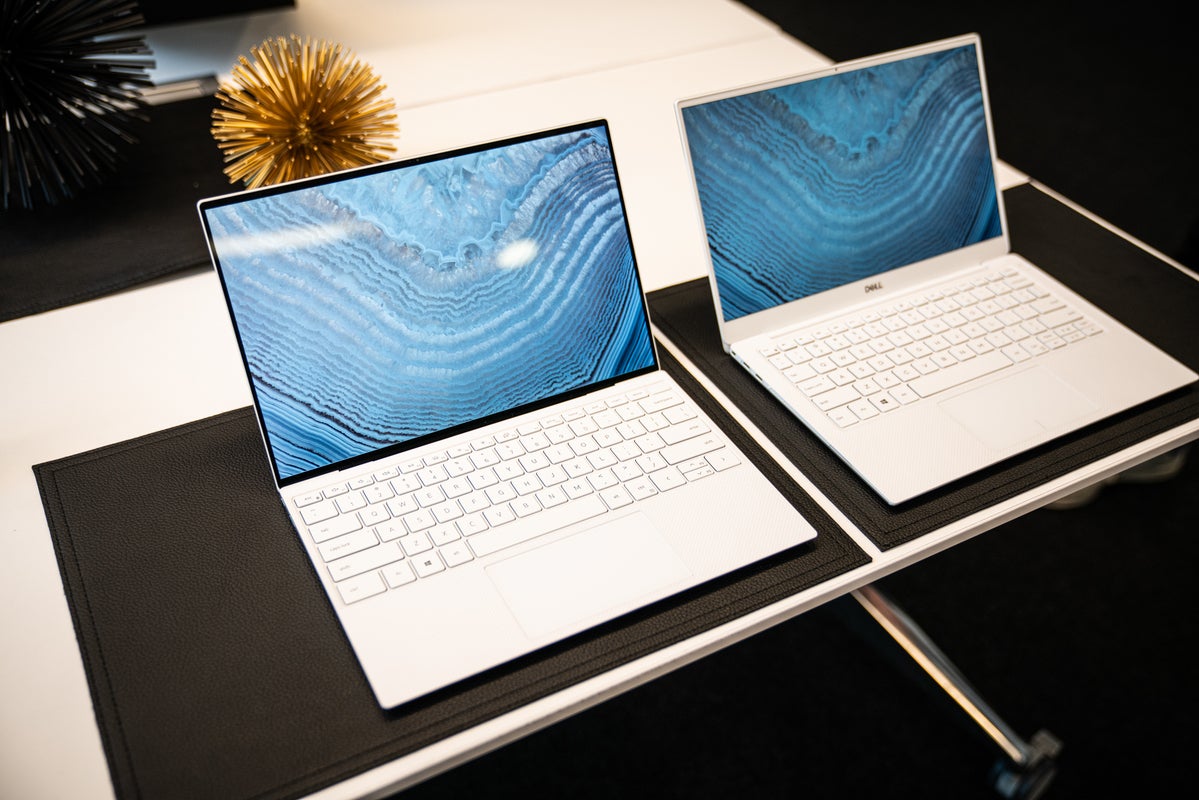
You’ve set your sights on a Dell XPS 13. The only problem: Which one do you buy? The XPS 13 7390 clamshell or its 2-in-1 version, or the “new” XPS 13 9300? All three are great laptops—ignore the model numbers, which are confusingly non-sequential—but there are key differences.
We’ll walk you through the models and weight their strengths and weaknesses. What’s your priority? Versatility? Performance? Connectivity? Overall value? We’ll call a winner for each, and you can skip to the section that interests you most by clicking a link on the left.
Note that this story is based primarily on the high-end XPS 13 models Dell sent us to test. We do have some advice for those looking at lower-cost XPS 13 versions—check out the “best value” section below.
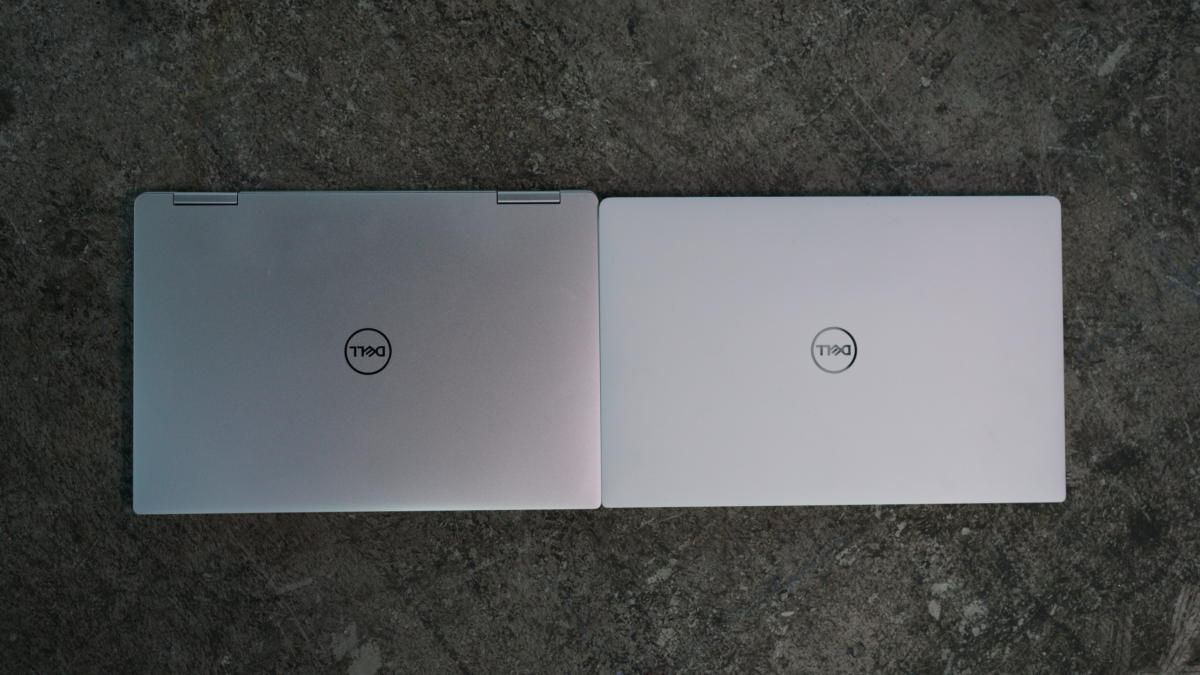
Dell’s XPS 13 2-in-1 7390 (left) is slightly heavier than the XPS 13 7390 (right.)
All the Dell XPS models explained
There are three Dell XPS 13 models to choose from at the moment:
XPS 13 2-in-1 7390: A fresh start
The Dell XPS 13 2-in-1 7390 was a complete redesign. As a convertible, it can function as a laptop as well as a tablet, or in A-frame “tent” mode for presentations.
When the XPS 13 2-in-1 7390 debuted in the fall of 2019, it was the first laptop based on Intel’s most advanced 10th-gen, 10nm Ice Lake CPUs, and it was the poster child for the Intel’s lofty Project Athena aspirations too.
Besides the 360-degree design, it has pen support, a 16:10 aspect ratio screen, advanced copper vapor chamber cooling, and a new MagLev 2 keyboard. It also made a few hard choices to achieve its thin profile, such as soldered-in permanent SSD. The laptop has been one of the fastest Ice Lake laptops. Read our full XPS 13 7390 2-in-1 review.
XPS 13 7390: Moving to a six-core CPU
The Dell XPS 13 7390 is essentially an internal upgrade of the previous XPS 13 9380 (remember, the model numbers make no sense), but it was still a major change as it moved to Intel’s 6-core Core i7-10710U CPU over the previous model’s 8th-gen quad-core Core i7. The full review of the XPS 13 7390 is here. The XPS 13 7390 offers the fastest multi-core CPU performance, but its graphics is nothing special.
Dell XPS 13 9300: Shiny and new
The Dell XPS 13 9300 (yes, it really went from 9380 to 7380 to 9300) is the latest iteration of the famed XPS 13, bringing the bezel-less look of the XPS 13 2-in-1 7390 to a traditional clamshell laptop. Like the XPS 13 2-in-1 7390 it uses the 10th-gen Core i7-1065G7—a step forward in generation but for some, a step backward to quad-core when its predecessor offered up to a six-core part. Read our full review.
Three ways they’re basically the same: Weight, ports, networking
Because these models are closely related, there are some criteria you don’t need to worry about much, because they’re basically the same.
If weight matters to you, the XPS 13 9300 is the technical winner at 2.65 pounds—2.8 with the optional touchscreen. The older XPS 13 7390 comes in second at 2.7 pounds, and the XPS 13 2-in-1 7390 is third at 2.9 pounds (thanks to the beefed-up hinges and glass touchscreen required of a convertible laptop). Obviously, we’re talking about a few ounces.
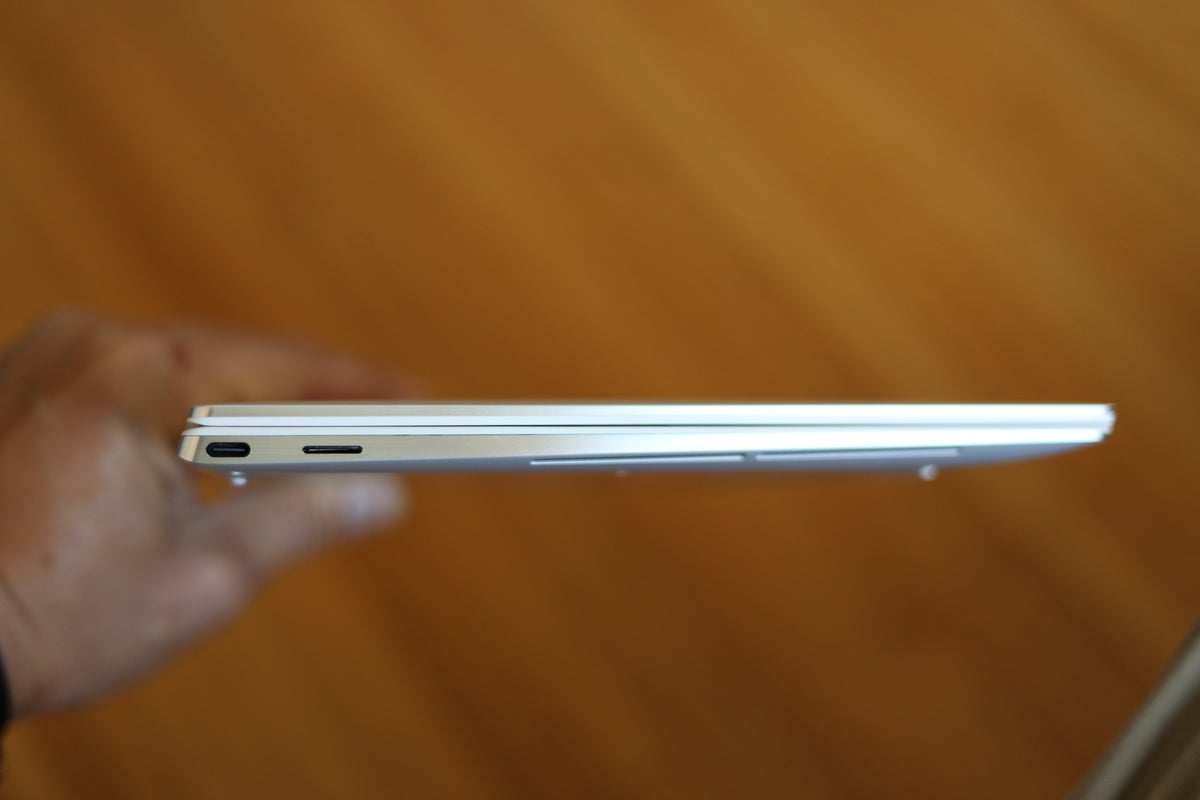
Ports on the XPS 13 models mean buying into an all USB-C port world.
When it comes to connectivity, the XPS 13 models focus on the future. The XPS 13 7390 gives you the most, with its two Thunderbolt 3 ports, a USB-C port, and a microSD port. The other XPS 13 laptops simply lack the USB-C port. Obviously, we all wish there were an old fashioned square USB-A port, but none of them have that. All three laptops use Intel Wi-Fi 6 hardware, also known as 802.11ax.
Which XPS 13 is the most versatile
For most people, a traditional clamshell laptop does 90 percent of what they want, and all three of these laptops can do the job. Not everyone will like the XPS 13 2-in-1 7390 because of its MagLev 2 keyboard, with its thin, low-travel design.
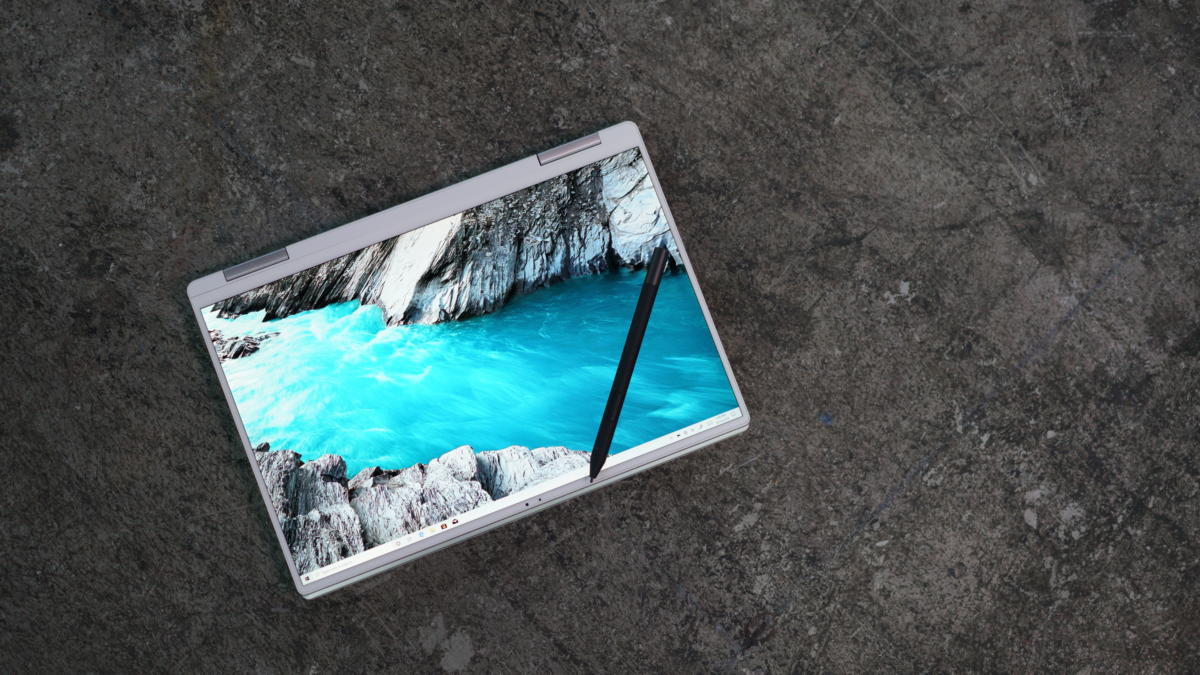
Tablet and A-frame modes on the XPS 13 2-in-1 7390 make it the most versatile of the three laptops. The pen, unfortunately, is optional.
Still, that XPS 13 2-in-1 is the only one of the three that offers a tablet mode with pen support (though it doesn’t include the pen). Its touch display means you don’t have to get to the trackpad or keyboard either. All three XPS 13’s are excellent laptops, but the XPS 13 2-in-1 7390 is the most versatile of the three.
Winner: XPS 13 2-in-1 7390
Which XPS 13 has the best screen
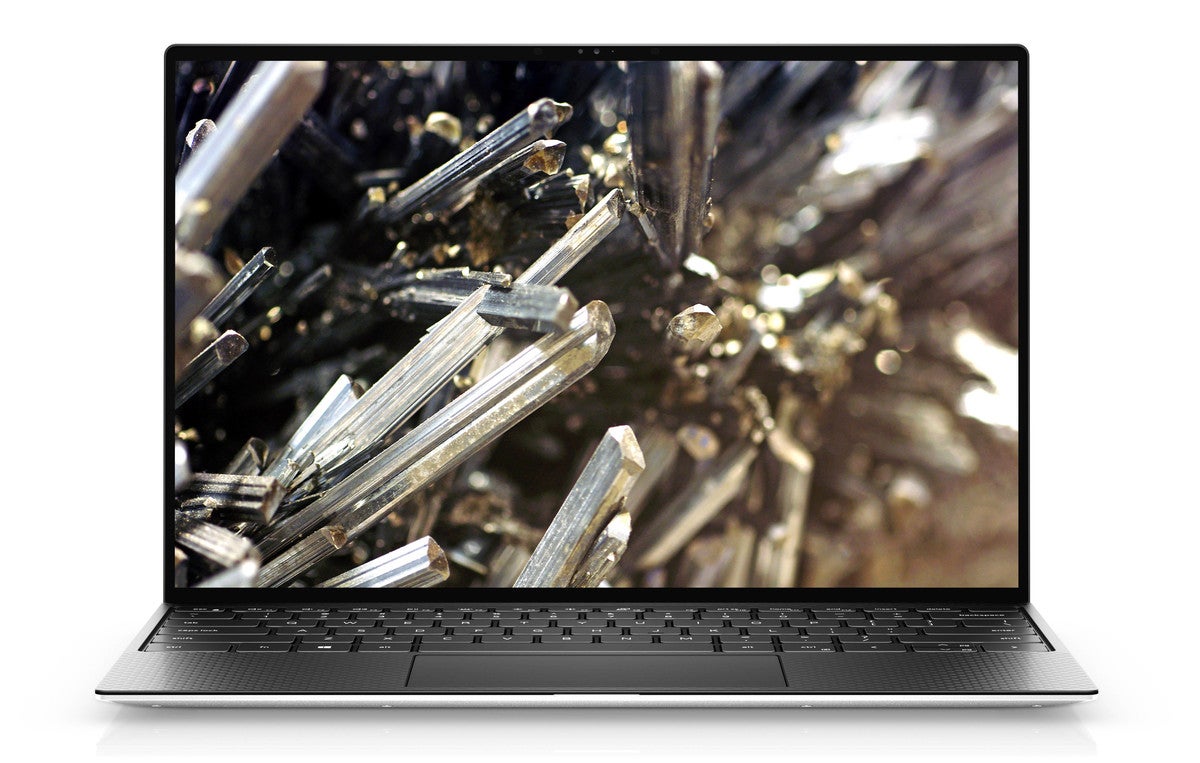
The XPS 13 9300’s near bezel-less display is a joy to behold.
Among the three XPS 13 models here, there’s a key difference that we want to point out here: the aspect ratio of the screen. The older XPS 13 7390 features a 1920×1080-resolution panel, which uses the very common aspect ratio of 16:9. The XPS 13 2-in-1 7390 and the XPS 13 9300 feature a 1920×1200-resolution screen and a slightly taller 16:10 aspect ratio.
Dell takes advantage of that aspect ratio and nearly eliminates the bezel on both the 16:10 laptops. The result is a stunning look and more usable space. We prefer the taller aspect ratio, as it gives us a little more space for our work. Both the XPS 13 2-in-1 7390 and XPS 13 9300 also feature Sharp IPS panels that can hit a very bright 500 nits, and EyeSafe technology, which reduces blue light emissions without that horrible brown tint look other panels offer.
The XPS 13 7390’s screen is fine, but the 16:10, 1920×1200, 500-nit panels in the XPS 13 7390 and the XPS 13 9300 take home the win.
Winner: XPS 13 7390 2-in-1 and the XPS 13 9300
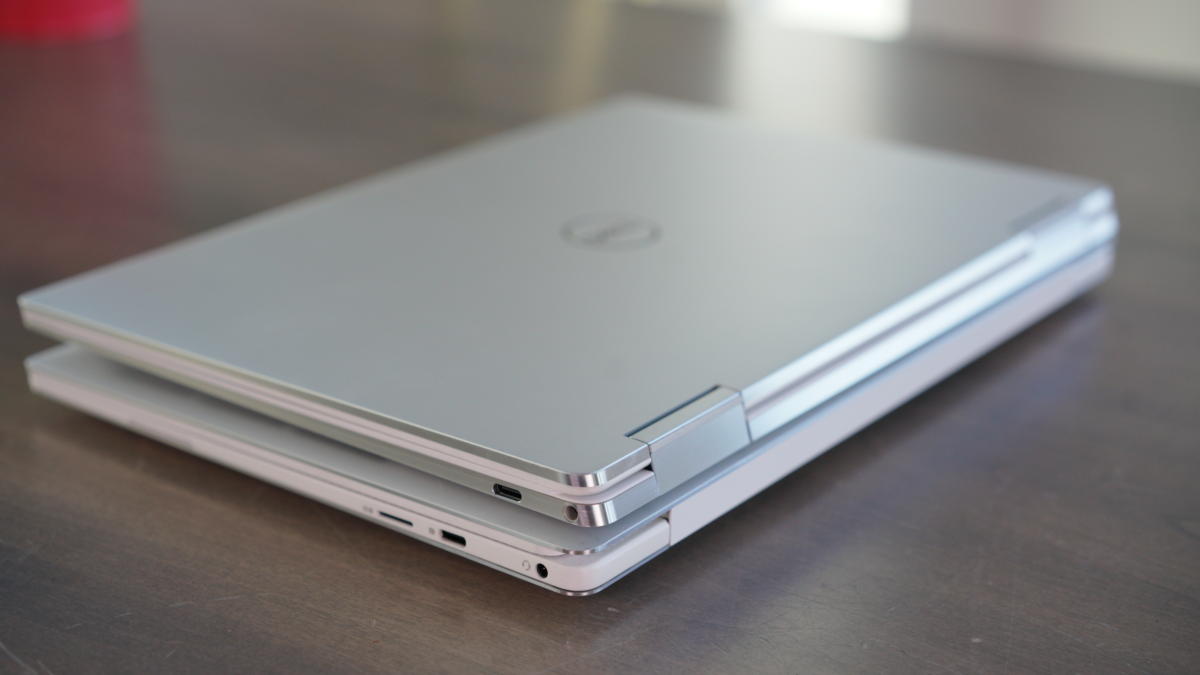
Dell’s XPS 13 2-in-1 (top) on top of a Dell XPS 13 7390 (bottom)
Which XPS 13 wins on performance
Before we get too far down the rabbit hole of laptop performance, you need to ask yourself what you’re doing. If you are mostly running Microsoft Office, Google Chrome or Zoom, the differences between the three laptops here are mostly meaningless. All three exceed your needs, and you can honestly skip the rest of this section.
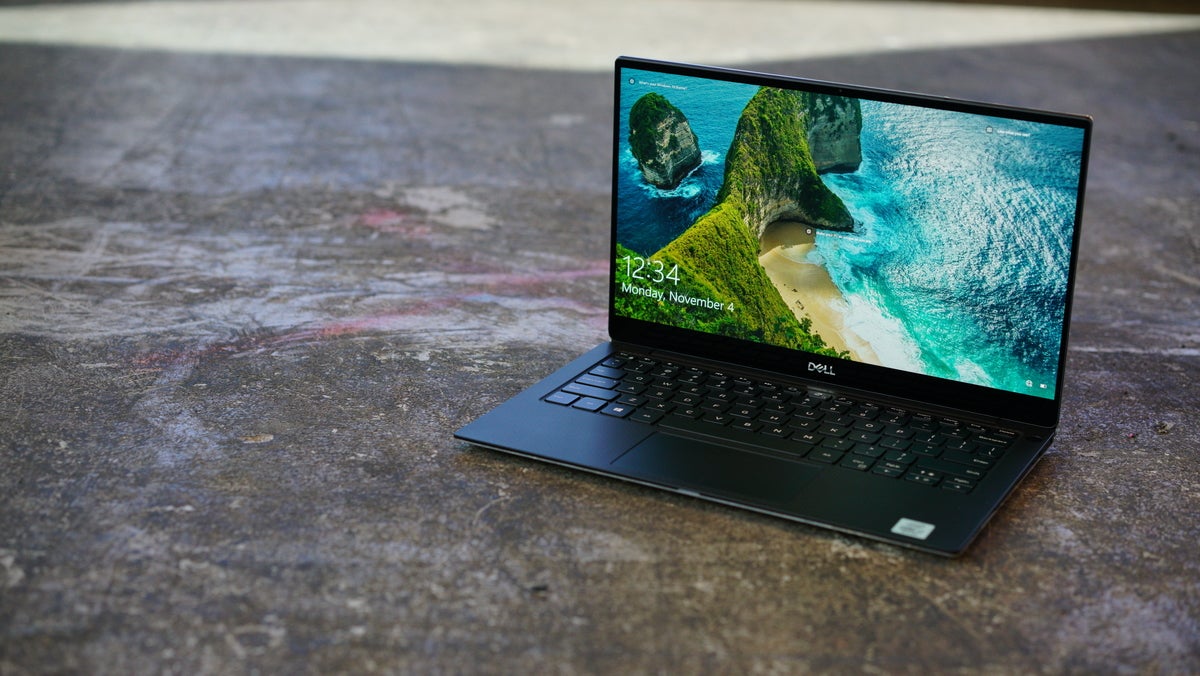
The XPS 13 7390 can give you up to a 6-core Core i7-10710U CPU inside.
Note that this argument applies mostly to the top Core i7 versions, as lower-end versions such as the Core i7-10510U only have four cores and the weaker graphics. Intel’s Core i5-1035G1 also has weaker graphics than the Core i7-1065G7 versions.
If, however, you know you need more single-core performance, more multi-core performance, or better graphics for gaming, keep reading.
CPU performance breaks down into multi-core performance and single-core performance. Photoshop is mostly single-core, for instance, while video editing is mostly multi-core. GPU performance drives graphics in activities such as gaming, and GPU-accelerated tasks such as converting your video project.
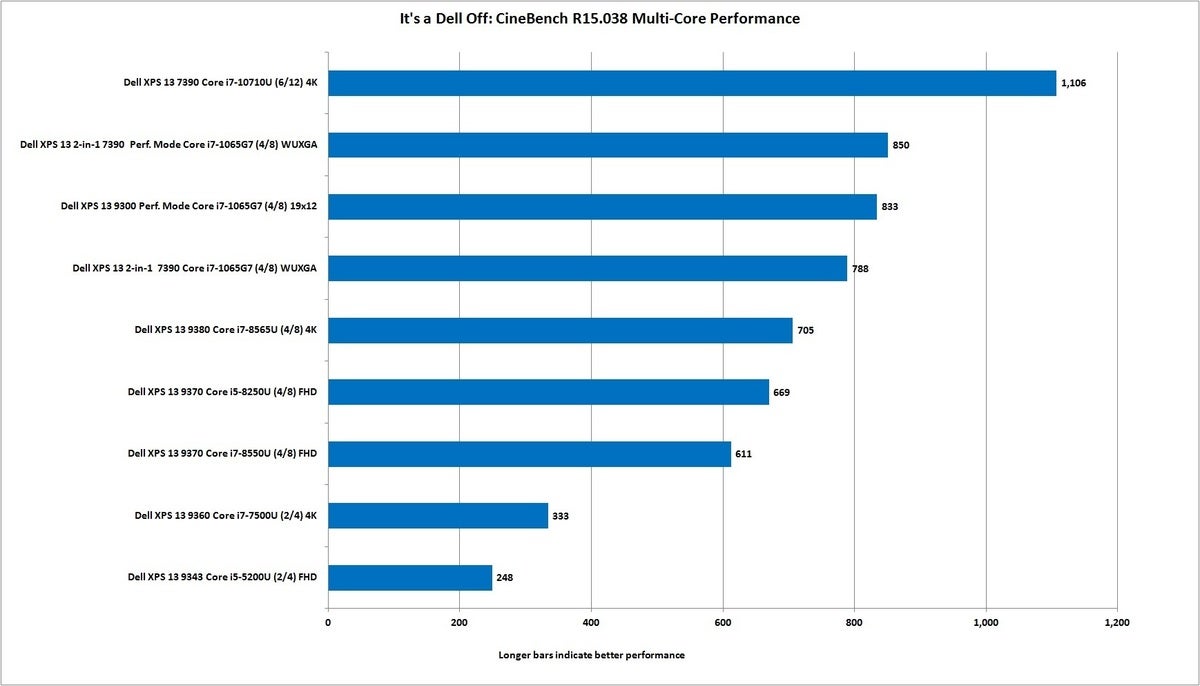
The 6-core Core i7-10710U has better multi-core performance than the 4-core Core i7-1065G7.
Both the XPS 13 2-in-1 7390 and the XPS 13 9300 use Intel’s most advanced 10th-gen CPU, the Core i7-1065G7. Its main “weakness” is that it “only” has four cores, while the XPS 13 7390 has a 6-core 10th-gen Core i7-10710U option. That Core i7-10710U also has slightly higher single-core performance. Not to be outdone, the advanced Core i7-1065G7 actually has far better graphics performance.
Unless you know you need a six-core CPU for intensive workloads (and don’t mind the weaker graphics), the 10th-gen Core i7-1065G7 offers the best balance.
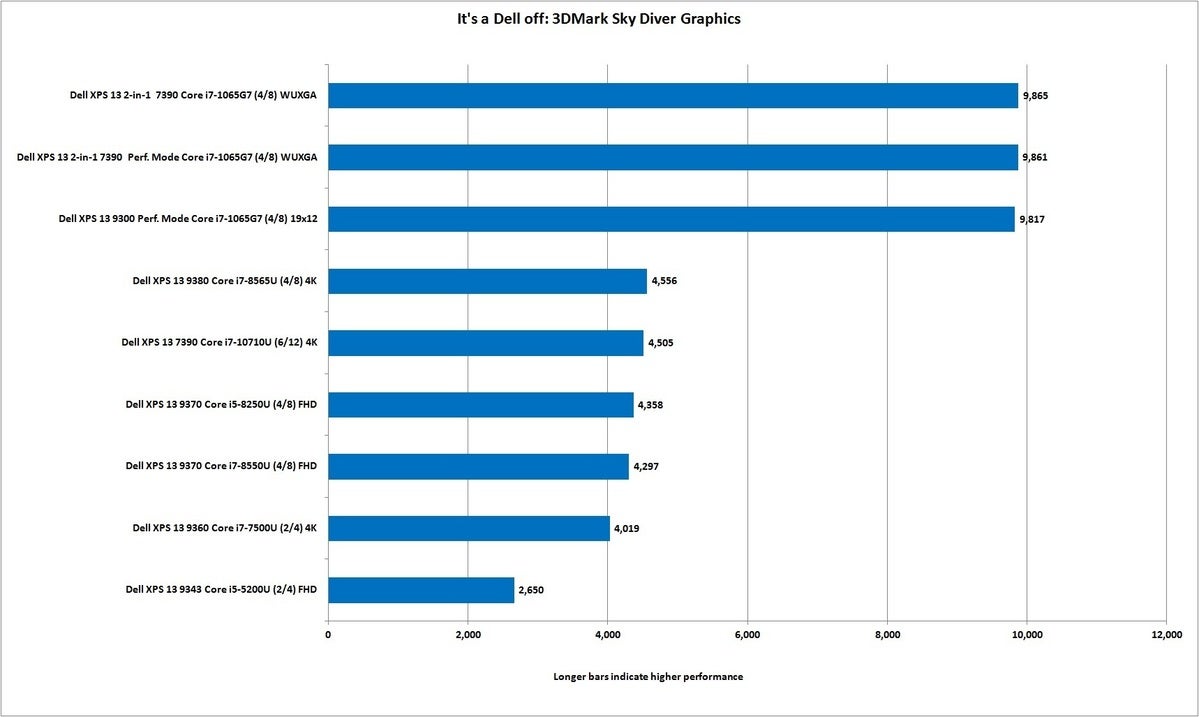
The 10th-gen Core i7-1065G7 offers a huge performance gain over the 10th-gen Core i7-10710U in graphics.
So, who’s the winner? Again, it depends on what you do with your laptop. For graphics, go with the XPS 13 2-in-1 7390 or XPS 13 9300. For multi-core tasks, the XPS 13 7390 is the faster laptop—if you can accept far worse graphics performance.
Contact Information:
Gordon Mah Ung
Tags:
, Wire, United States, English
Contact Information:
Gordon Mah Ung

